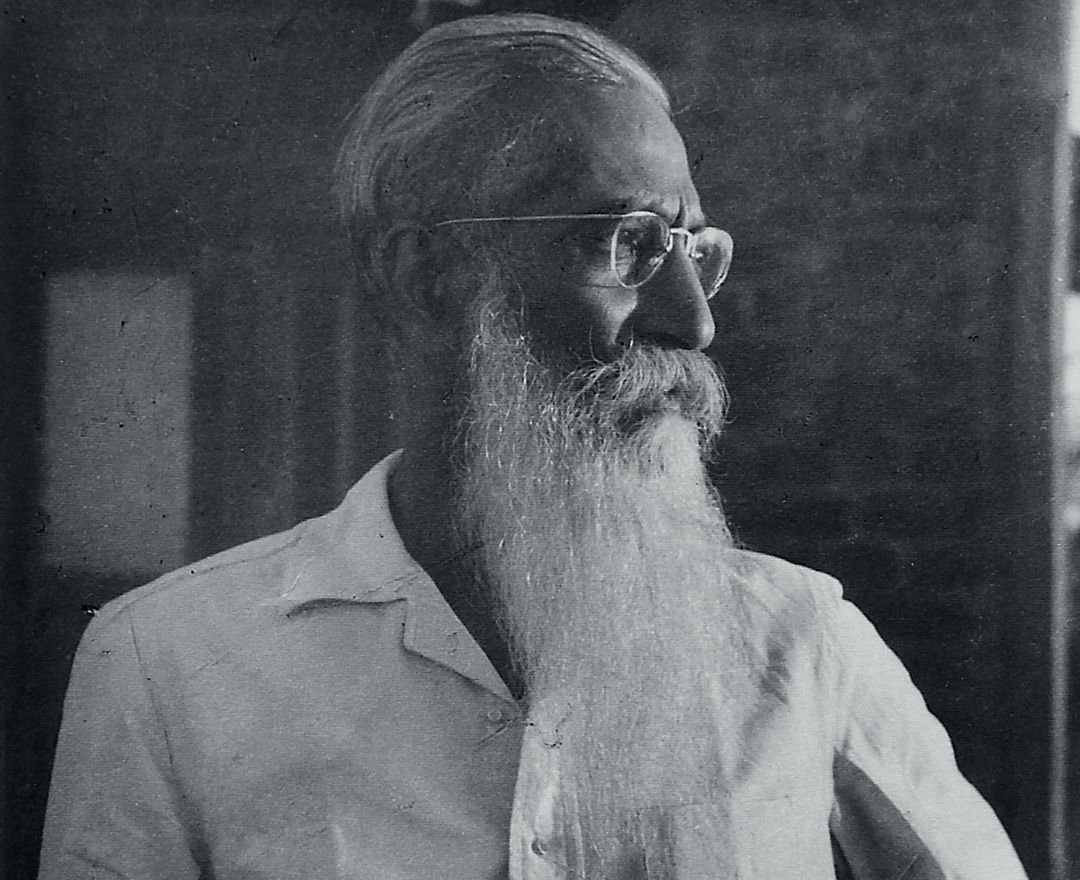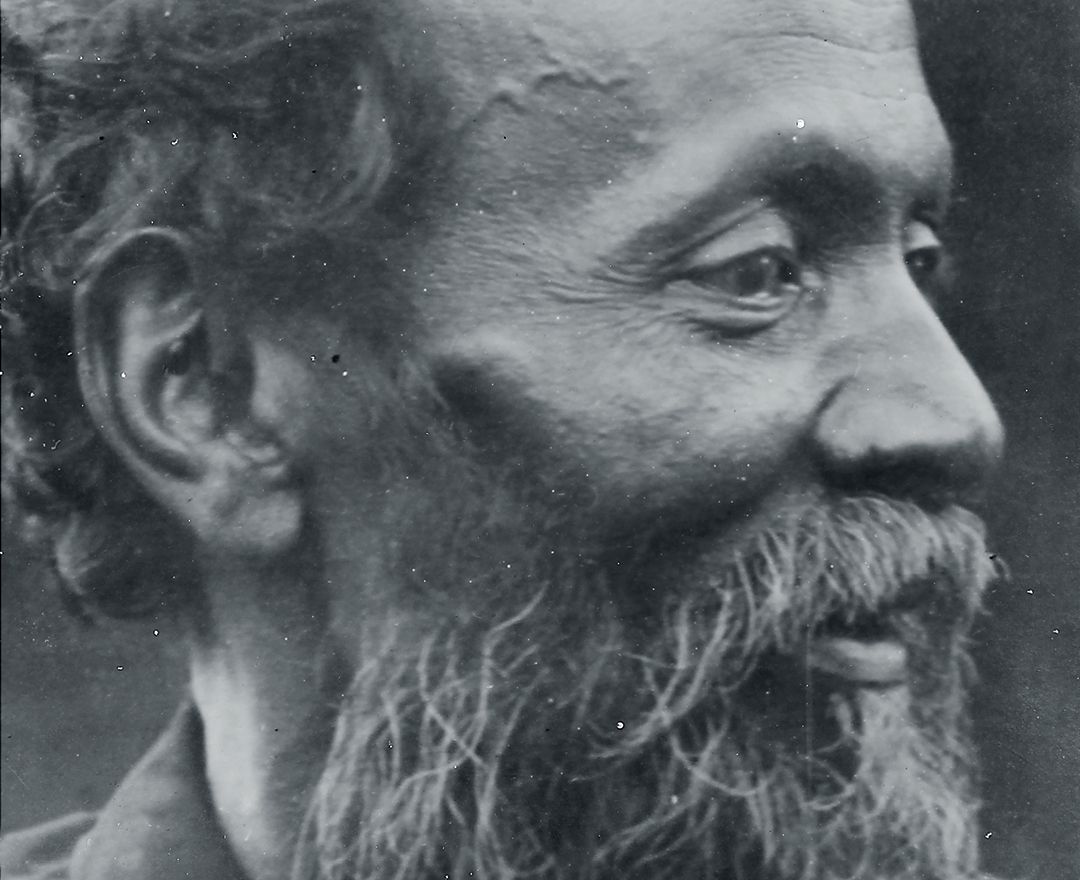Pestonji E. Bomanji
Pestonji E. Bomanji
Pestonji E. Bomanji
|
1851 - 1938 Pestonji E. Bomanji |

‘I think a great portrait has to do with the way it is approached… it is to do with the feeling of individuality, and the intensity of the regard and the focus on the specific’
LUCIAN FREUD
artworks
dag exhibitions
|
The ‘Manifestations’ series of 20th Century Indian Art, Editions VI, VII, IX |
|
DAG, New Delhi, 2011-13 |
|
‘Indian Landscapes: The Changing Horizon’ |
|
DAG, New Delhi, 2012 |
|
‘Indian Portraits: The Face of a People’ |
|
DAG, New Delhi, 2013; Mumbai, 2014 |
|
‘New Found Lands: The Indian Landscape from Empire to Freedom’ |
|
DAG, New York, 2021; Mumbai, 2021-22 |
notable collections
|
National Gallery of Modern Art, New Delhi |
|
Chhatrapati Shivaji Maharaj Vastu Sangrahalaya, Mumbai |
|
Tata Family Collection, Mumbai |
|
Victoria and Albert Museum, London |








